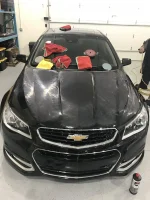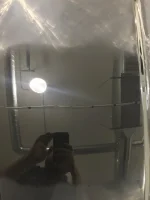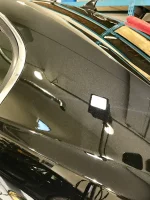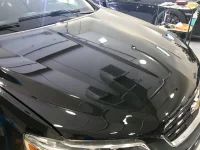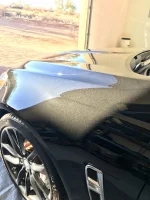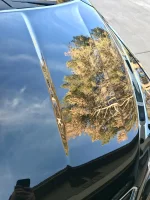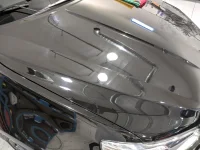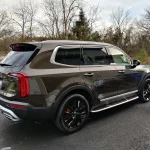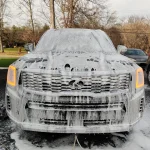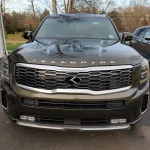Paint / detailing OCD nut here with several past coated cars, I'll chime in.
Mostly good points by everyone in here, but there is a missing ingredient here that is really the best
protector of the paint: PPF (paint protection film, if you must you can call it a clear bra...). PPF is really the best to protect the paint from the main culprits of damage, rock chips, iron fallout, and keying / scratching. PPF isn't cheap when done on full panels, which is really recommended to avoid unsightly lines in the panel from film to metal, and then a nightmare appearance when you remove the film where you have one part of the panel protected for years and essentially virgin, and one part that's been exposed to the elements.
For the best results for appearance, protection, and longevity, the order of operations should always be:
1) Paint correction (wet sanding, polishing, compounding as necessary)
2) PPF on full panels and leading edges (bumper, hood, side mirrors, leading edge of roof, sill plate on the rear hatch, etc.
3) ceramic coating on both the corrected paint and on the PPF.
Obviously, that's going to cost a lot. My WG is going under the knife in 2 weeks, and it's going to be about $2,500 for a 1-step correction, full front clip PPF, and FeynLab 5-year ceramic coating. I've had multiple coated cars (see the dad toys in my sig), and as
@JerseySXP mentioned above, going back to a non-coated car is a nightmare; how did we ever live like this?! To me, it is worth it to have protection + great finish + ease of maintenance.
Coatings: Everyone is generally right on the properties you can expect. That starts with the prep work before it is coated; the coating won't fix scratches and swirls, in fact it highlights them by putting a nice gloss cover over them, which is then hard to correct in the future as you or your detailer needs to now mow down through the ceramic layers to even get to the scratch. Prep, prep, prep. If you coat a turd, it's going to be a glossy, hydrophobic turd when you're done.
Coating Maintenance: Listen to your detailer or read up on whatever brand of wash / maintenance products and the routine your coating company recommends. pH neutral soaps, coating-specific detail sprays, fresh, clean MICROFIBER towels only, 2-bucket method hand-wash ONLY, etc. You can spend all the money you want on the above steps, but if you use AutoZone wash / wax soap and a dirty microfiber towel or automatic wash stations, you're going to wear down the coating, and end up with a hazy, swirly mess. a properly corrected / coated car will require less full washing, and washing will be a breeze, but it will require a very specific wash method to keep the paint and coating looking perfect. Lastly, you will need a yearly maintenance wash or coating from your detailer which is essentially like a yearly dental cleanup where they will apply another top coat of ceramic coating to keep building layers up.
Here’s a few pics of my old 2014 Chevy SS, which had the most corrections needed, but had the best end result of my coated toys in the past. You can see what a 1/2 clear bra does when you take it off, took 30 hrs of sanding on the hood alone. This was about 80hrs of correction and coating on this one but the results speak for itself. Looked like this for three years before I got rid of it. This is what your paint should look like before you coat it otherwise you’re just trapping and highlighting imperfections. Unless you just want an easy car wash and want the hydrophobic water beading.
Also sorry if they are out of order, mobile version of this site is pretty meh. Pic #7 (before) and #4 (after) show the biggest difference after the correction and coating to get that 1/2 wrap line out of the paint. Either do a full panel or none, 1/2 wraps are the worst.


